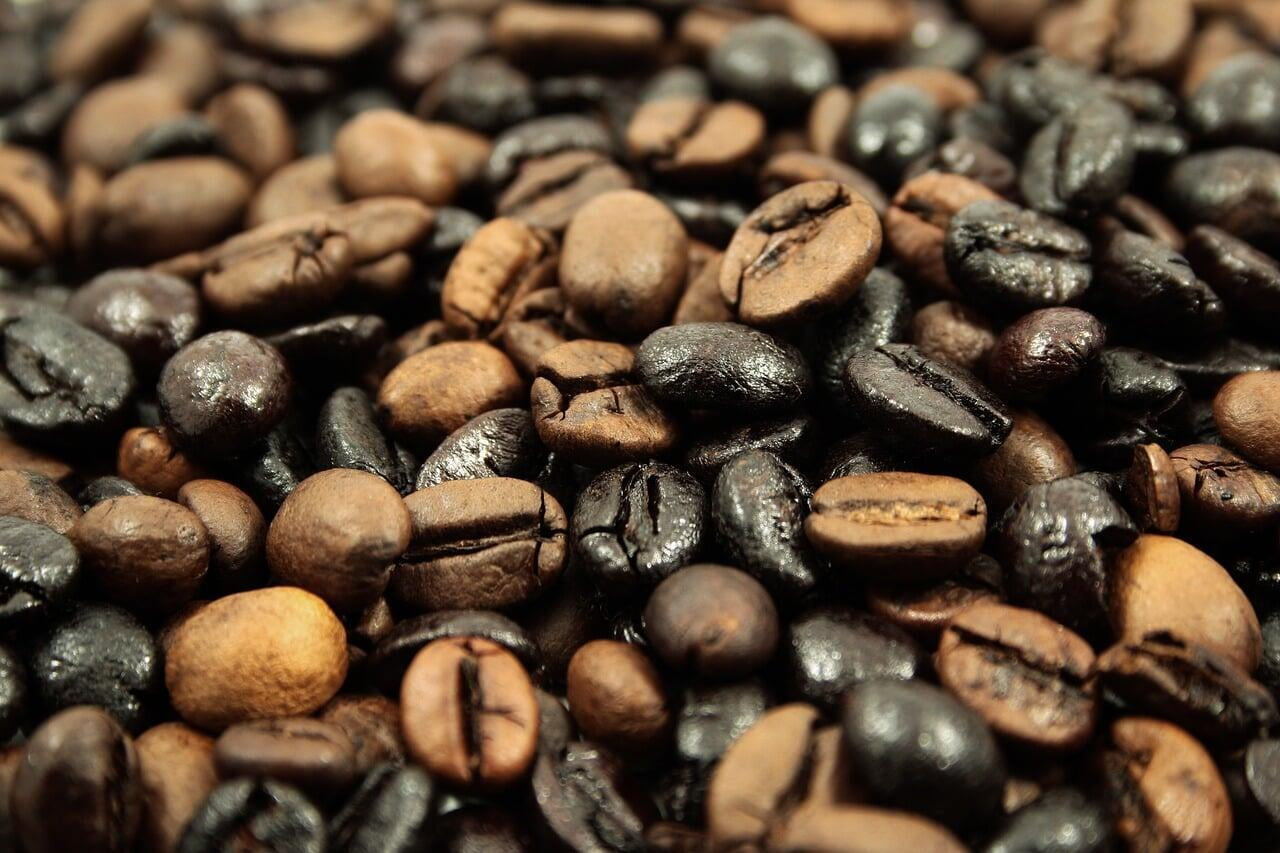
Adulterants used in coffee
The commonly used adulterants in case of coffee are chicory, caramel and date seeds. These are generally mixed with the coffee beans before grinding. Once the mixture is ground, it is tough to find out the presence of any of these just by way of visual inspection. However, all these adulterants have different properties from coffee beans, and one can rely on these properties to determine the quality of the coffee.
One can find the presence of adulterants in coffee by following tests:
Pinch test
Take a little coffee and squeeze it between your fingers. If it forms a cake-like coherent mass, it is adulterated with chicory. This is because Coffee grains are hard and large; they do not stick together. The grains of chicory, however, are small and soft and tend to stick to each other. So, if the grains in your coffee like to stick together, it's probably not coffee.
Water droplet test
Place a pinch of coffee powder on a plate. Put a drop of water on it. If it absorbs the water readily and becomes soft, it contains chicory. If it takes time to absorb water and remains hard, it is coffee.
Tumbler test
Take a transparent glass. Fill it with water. Drop a pinch of coffee powder on it gently.
- If the powder floats for some time before sinking, it is coffee.
- If the powder sinks quickly, it is chicory or some other seed.
- If it readily diffuses brownish or yellowish colour, it contains Caramel or Chicory.
Food for thought
What, do you think, people, drink more - tea or coffee?
We answered that in our post on adulteration in tea leaves. Here is a different question to wit you. Between a tea lover and a coffee lover, who is likely to drink more number of cups of her favourite drink on any given day? How many?
The answer lies in the following cues:
- Turkey tops the list in largest per capita consumption of tea at 3.15kg
- Finland tops the list in largest per capita consumption of coffee at 12kg
Enjoy your cup of Coffee or Tea.
Stay Informed. Stay Safe!